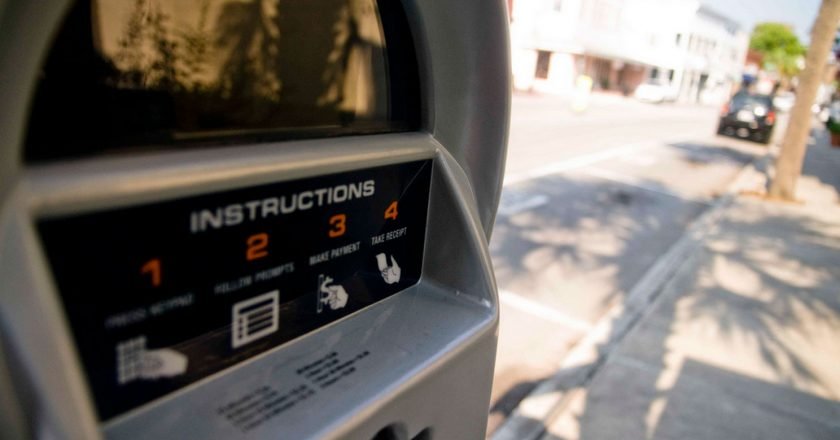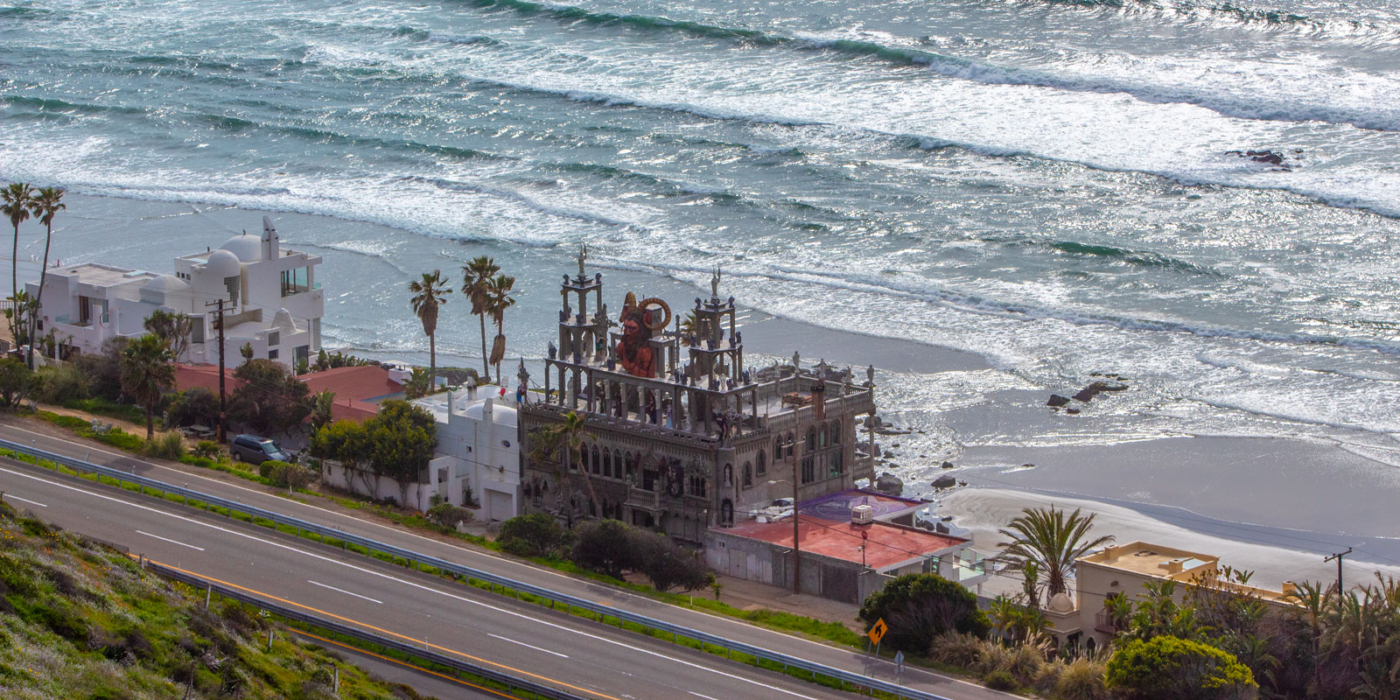Germans interested in our wine. A group of Bavarian businessmen visited the wine valley last week in order to analyze the production potential of the area and the possibilities of collaborating with local wineries on different projects.
Specifically, local wineries were invited by the German company Nuremberg Messe to participate in upcoming beverage fairs from the Bavarian region that will include a section of international wines this year.
The executives visited several local wineries, including Roganto and Decantos, and also had a chance to enjoy the wine museum.
Baja safe for tourists. But very dangerous for criminals, at least that’s what our state tourism honcho, Oscar Escobedo, is preaching around Baja. He also stated that Baja has a lower crime rate among tourists than the state of California in the US. When asked about the spiking murder rates, he was quick to give the now official response “the majority of those cases are from folks in illicit activities.”
Off-road museum still no go. The controversial off-road museum in Ensenada still hasn’t been able to break ground, even though the state government says that the project is funded and the construction project done.
The state is saying that the project needs to be executed and managed by the local business groups, focusing on making the museum self-sustainable from ticket sales or trinkets sold at its gift shop.
The museum has been controversial because a big part of the community in Ensenada is against the project. The biggest issue is that the building would be just next to CEARTE, the local art museum, in a piece of land that was initially destined to build classrooms for art students.
Meter wars go on. Ensenada doesn’t make up its mind regarding the placement of parking meters around downtown; first the council approved the proposal to put up the meters, and now, after a contract has already been signed with a private company, the city is saying it wants to back out of the deal because of the enormous backlash they got from the citizens of Ensenada.
At this point, it’s cheaper to just install the parking meters and let the contract run its 18-year course than to pay the millions of pesos the company will demand if the council prohibits its operation; but of course, there is a political cost of approving such an unpopular move that no one wants to pay.
Baja Speaks English. That is the name of an initiative presented by congressman Carlos Torres, with the support of educative authorities and business groups, for concrete actions to take Baja all the way to the number one in the list of states with higher percentages of bilingual folks.
“Today, there is a language that can open doors to our kids and young boys and girls. A tool that allows us to even the opportunities between the privileged and the ones that have had less opportunities”, said Torres.
Baja California is the 57th region in the world with the most people that are able to speak a foreign language; Mexico as a country is 14th on the list.
Torres stated that a person who is fluent in English has the opportunity to earn 30% more than his non-bilingual counterparts.
The program will consist of a special set of benefits for companies that offer English class scholarships for its workers, and also by providing these benefits to English-language schools.
Hell breaks loose in San Felipe. After the Navy “accidentally” shot a Totoaba poacher in San Felipe, several fishermen protested violently at the Naval base and the protection agency office by burning cars, pangas, and buildings. Two more people were shot when protestors started throwing Molotov cocktails at the naval base buildings.
Fishing for Totoaba has been illegal in San Felipe for several years now because of its protected species status, and also because the area is declared as a protected space in an effort to save the Vaquita porpoise.
Better think twice about that beach bonfire. Rosarito officials from ZOFEMAT (the ones in charge of the federal zone at the beach), stated that they will be coordinating with the local police to crack down on beach fires; they are saying the activity is now prohibited because of the high level of contamination that the fires leave on the beach.
They also said that 110 new trash cans are being installed in local beaches so tourists can easily take their trash to the can and not leave it in the sand.
We’re going to be rich! A new initiative by state congressman Alejandro Arregui will allow citizens to collect damages when something bad happens because of the condition of the road.
If the law is passed, you will be able to sue the local government if you bust a tire, or your suspension when you fall in one of those enormous potholes that abound around here.
If that doesn’t seem far fetched, Arregui also proposed that the government has to take into consideration the amount of money “not earned” because of the time lost due to the accident, and says that it all has to be resolved in a maximum of 30 days by city or state officials.
If this initiative passes, our cities will go broke in 5 minutes, probably 2 for Ensenada!



















































































